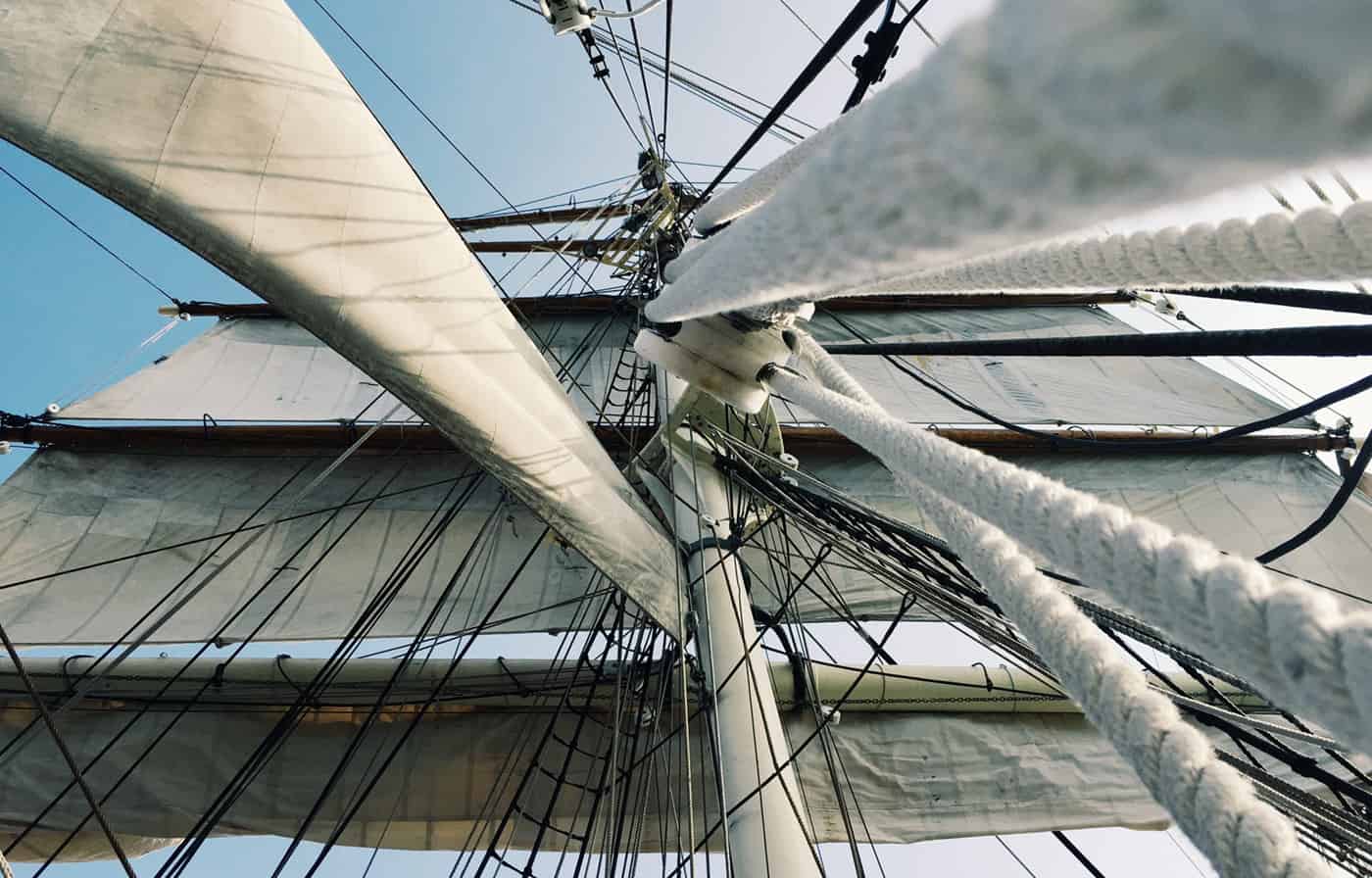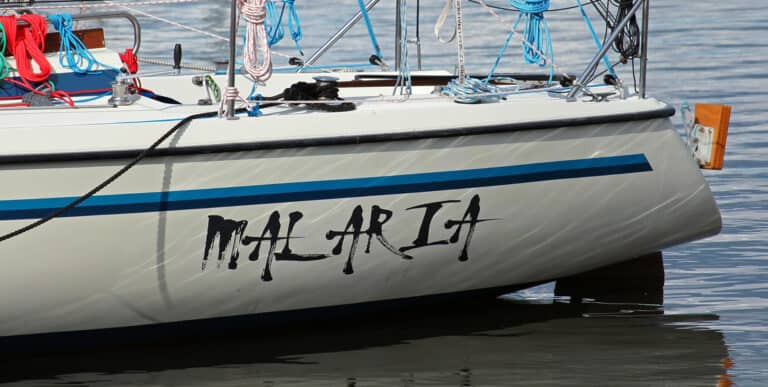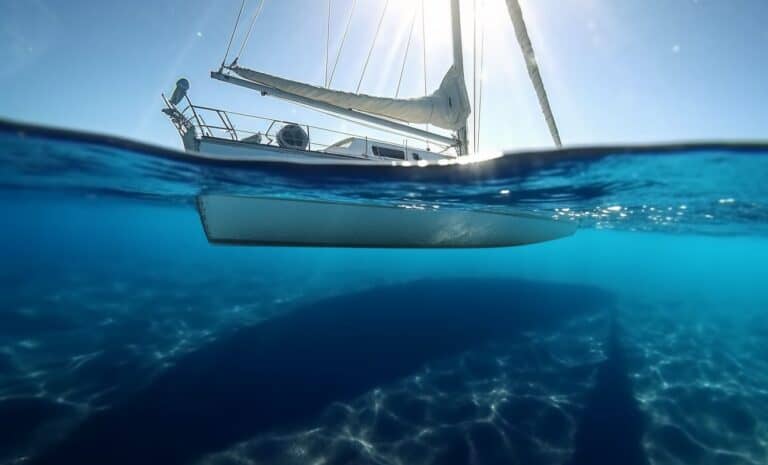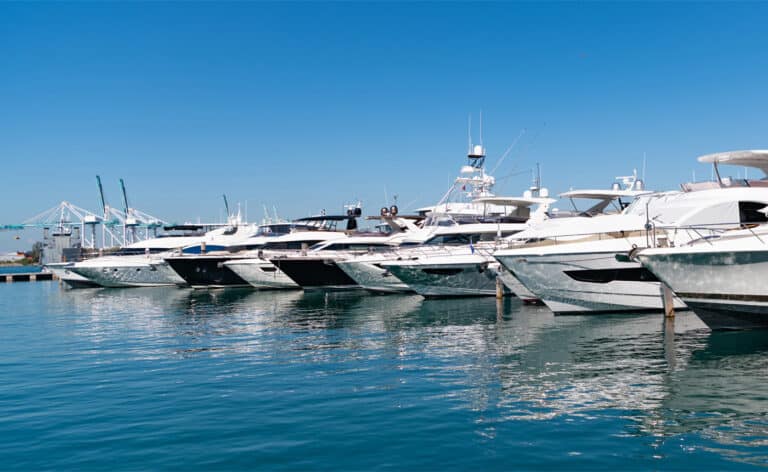Ahoy there! Sailing, my fellow sea wanderers, is not just about basking in the glorious sunsets or letting the sea breeze gently slap your face into relaxation. It’s an art, a science, and sometimes, a comedy of errors when you forget the basics.
I, for one, cherish the moments of tranquility aboard my sail, especially during those golden hours when the sky paints itself in hues of fiery orange and calming blues. Yet, sailing is not all about sitting back and admiring the view. No, sir! It demands a vigilant eye and a steady hand, especially when it comes to maintaining the very fabric of our floating abodes.
Contrary to the landlubber’s belief, sails and their companions are not self-sustaining. They demand love, care, and the occasional sweet talk to keep from throwing tantrums, like stalling mid-sea when you least expect it. Let’s embark on a voyage through the anatomy of a sail, understanding the five critical components that keep us afloat, moving, and, most importantly, upright.
Different Parts of a Sail
Keel: The Unsung Hero Beneath the Waves
Imagine, if you will, a giant fin protruding from the belly of your vessel, much like the spine of a majestic sea creature.
This, dear sailors, is the keel.
Often likened to the human spinal cord, it plays a pivotal role in keeping our sailing adventures from turning into unintended water ballets. Its dual purpose is noble: preventing our vessels from taking an impromptu sideways tour with the wind and saving us from capsizing, turning our serene voyage into a frantic swim.
Mast: The Towering Titan
Erect and proud, the mast stands tall, a beacon of potential energy waiting to be unleashed. Its lofty stature isn’t just for show or to fly our Jolly Rogers high.
No, it’s our sail’s powerhouse, catching the wind’s whispers and shouts to propel us forward across Neptune’s vast domain. Remember, a higher mast catches more than just the wind; it catches the envy of lesser vessels.
Hull: The Sturdy Shell
The hull is our sanctuary, the sturdy shell that separates us from becoming overly acquainted with the aquatic locals like our finned nemesis, the shark.
Crafted from materials that scoff at the mere mention of water ingress, it’s what keeps us dry and, more importantly, buoyant. A spongy hull, while an amusing thought for a cartoon, would spell disaster in the deep blue, turning our vessel into a submarine in the most unfortunate manner.
Boom: The Swinging Sword
Attached to the mast, the boom is a horizontal knight, swinging with grace to adjust our sail’s angle to the whimsical wind. This pivotal pole allows us to harness the breeze, dictating our speed with the finesse of a conductor leading an orchestra.
Swing it right, and you glide with the elegance of a dolphin. Swing it wrong, and you might just taste the salty slap of the sea.
Rudder: The Directional Decider
Ah, the rudder, our faithful helm’s companion, guiding us through the waters with the precision of a seasoned navigator.
This vital appendage ensures we’re not at the mercy of the sea’s fickle moods, allowing us to carve our path through Neptune’s realm. While tales of rudders parting ways with their vessels are the stuff of sailor’s nightmares, fear not.
With a bit of ingenuity and a balanced load, one can still steer a steady course, proving that where there’s a will, there’s a way.
In Conclusion: A Sailing Symphony
Each part of our beloved vessel plays a crucial role in the symphony of sailing. From the keel’s silent strength to the mast’s towering ambition, every component is a testament to the ingenuity of those who choose to dance with the waves.
So, before you set sail into the sunset, remember: every part, no matter how seemingly insignificant, holds the key to a smooth voyage. Treat them well, and they’ll ensure your sailing saga is one of triumph, not tragedy.
Happy sailing, captains! May your voyages be as smooth as a well-aged rum, and may your adventures be as endless as the ocean itself.




